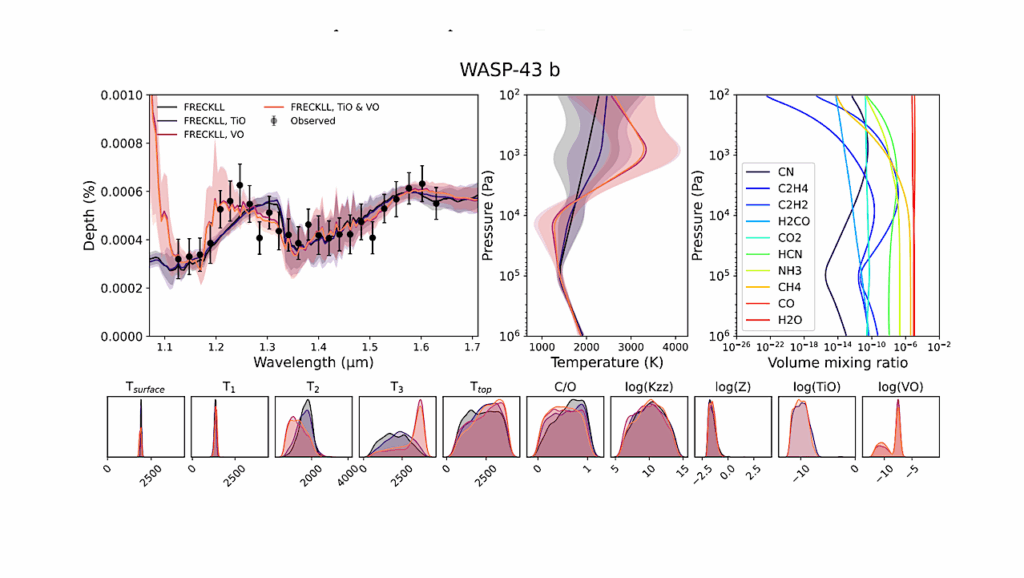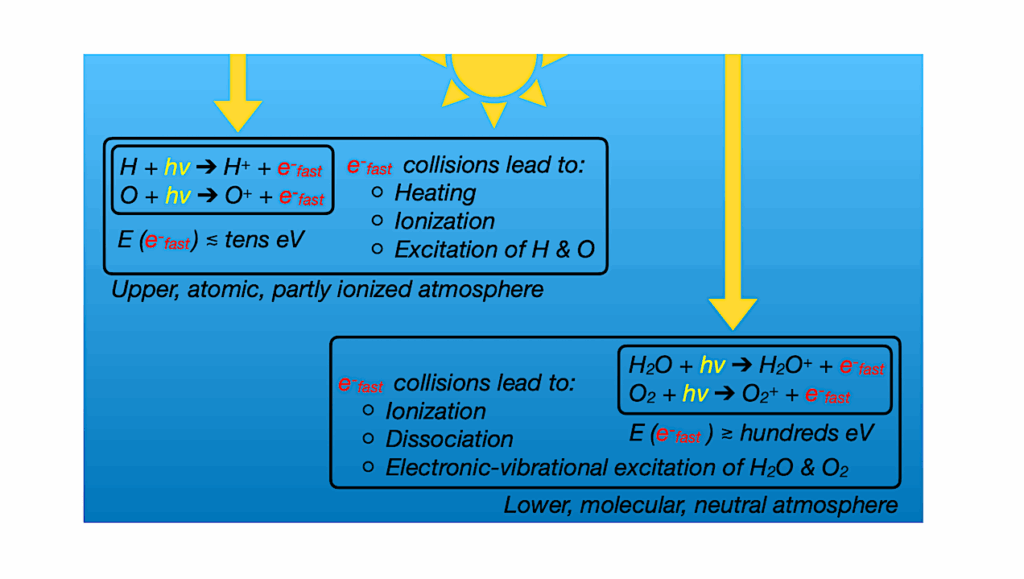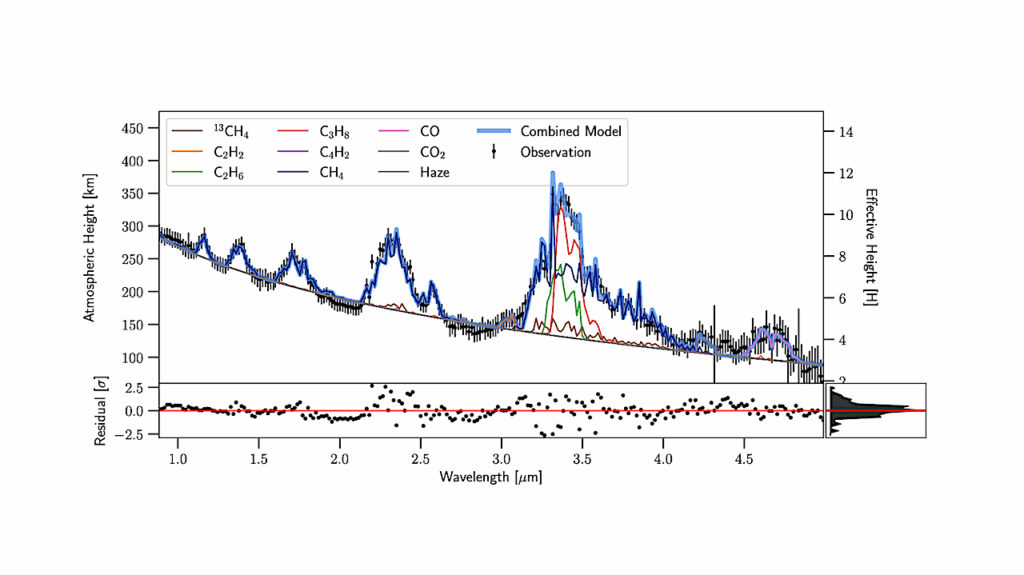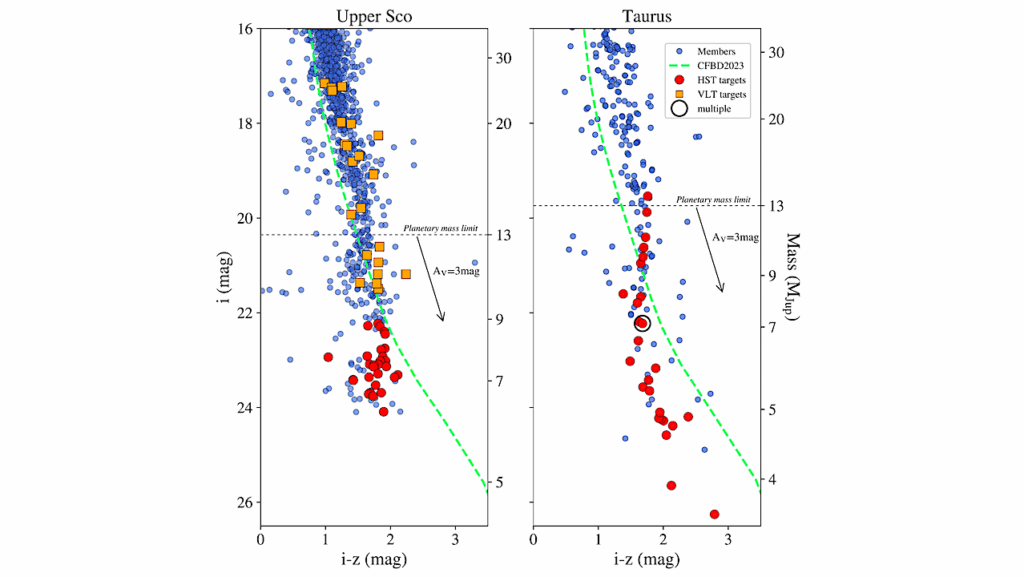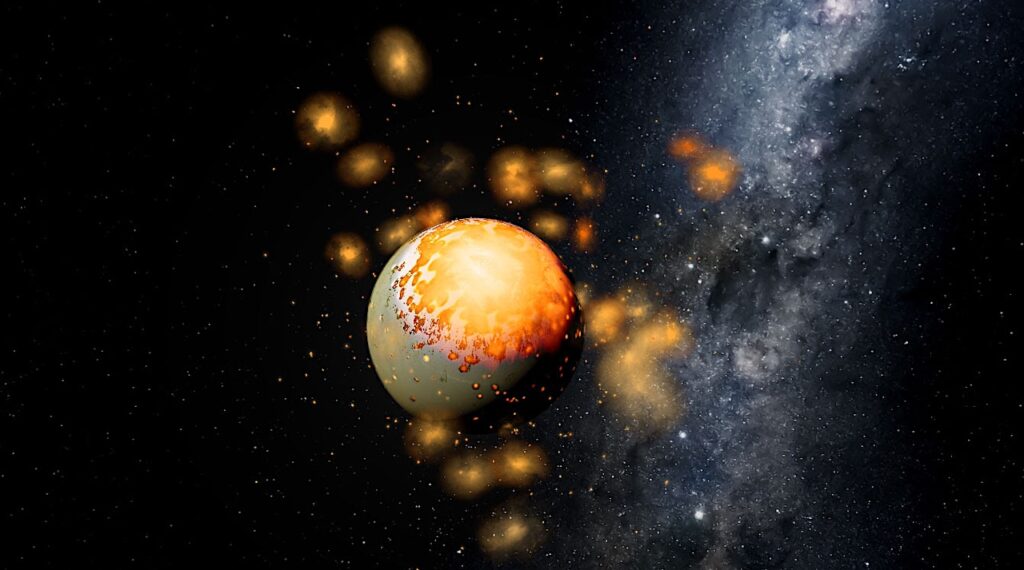Characterization of Starspots on a Young M-dwarf K2-25: Multi-band Observations of Stellar Photometric Variability and Planetary Transits

Detailed atmospheric characterization of exoplanets by transmission spectroscopy requires careful consideration of stellar surface inhomogeneities induced by starspots.
This effect is particularly problematic for planetary systems around M-dwarfs, and their spot properties are not fully understood. We investigated the stellar activity of the young M-dwarf K2-25 and its effect on transit observations of the sub-Neptune K2-25b.
From multi-band monitoring observations of stellar brightness variability using ground-based telescopes and TESS, we found that the temperature difference between the spots and photosphere is <190 K and the spot covering fraction is <61% (2σ). We also investigated the effect of starspot activity using multi-epoch, multi-band transit observations. We rule out cases with extremely low spot temperatures and large spot covering fractions.
The results suggest that spots could distort the transmission spectrum of K2-25b by as much as ∼100 ppm amplitude, corresponding to the precision of JWST/NIRSPEC of the target. Our study demonstrates that simultaneous multi-band observations with current instruments can constrain the spot properties of M-dwarfs with good enough precision to support atmospheric studies of young M-dwarf planets via transmission spectroscopy.
Mayuko Mori, Kai Ikuta, Akihiko Fukui, Norio Narita, Jerome P. de Leon, John H. Livingston, Masahiro Ikoma, Yugo Kawai, Kiyoe Kawauchi, Felipe Murgas, Enric Palle, Hannu Parviainen, Gareb Fernández Rodríguez, Yuka Terada, Noriharu Watanabe, Motohide Tamura
Comments: 24 pages, 24 figures, Accepted for publication in MNRAS
Subjects: Earth and Planetary Astrophysics (astro-ph.EP); Solar and Stellar Astrophysics (astro-ph.SR)
Cite as: arXiv:2403.13946 [astro-ph.EP] (or arXiv:2403.13946v1 [astro-ph.EP] for this version)
Submission history
From: Mayuko Mori
[v1] Wed, 20 Mar 2024 19:36:39 UTC (4,465 KB)
https://arxiv.org/abs/2403.13946
Astrobiology,


